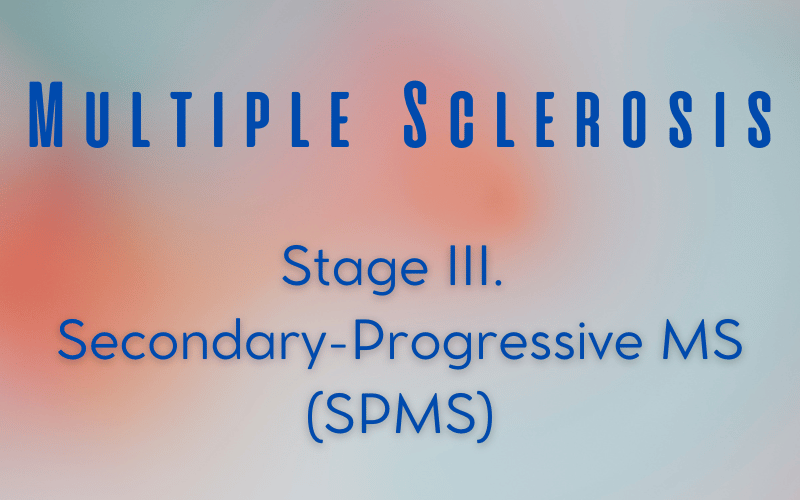3. A Gradual Ascent: Secondary-Progressive MS (SPMS)

Once we’ve navigated the unpredictable landscape of RRMS, we move into the territory of Secondary-Progressive MS (SPMS). In this stage, the nature of MS starts to change. The relapses and remissions of RRMS begin to fade into the background, and a steady progression of disability takes center stage.
An interesting, yet challenging aspect of SPMS is its transition from RRMS. Initially, individuals might continue to have clear relapses and remissions. However, over time, these become less distinct. Gradually, the disease progression becomes more prominent, with disability accumulating more consistently than in earlier stages.
This steady progression of the disease can be likened to a gradual ascent up a hill. There might still be a few bumps along the way (minor relapses or plateaus), but the overall trajectory is uphill. Unlike RRMS, where the path is unpredictable and there are periods of rest (remissions), SPMS is a continuous journey upwards with fewer breaks.
Although this stage marks a shift in the disease’s behavior, it’s important to note that the rate of progression in SPMS can vary widely among individuals. For some, it might be a slow, gradual climb, while for others, it could be a faster ascent. (3)